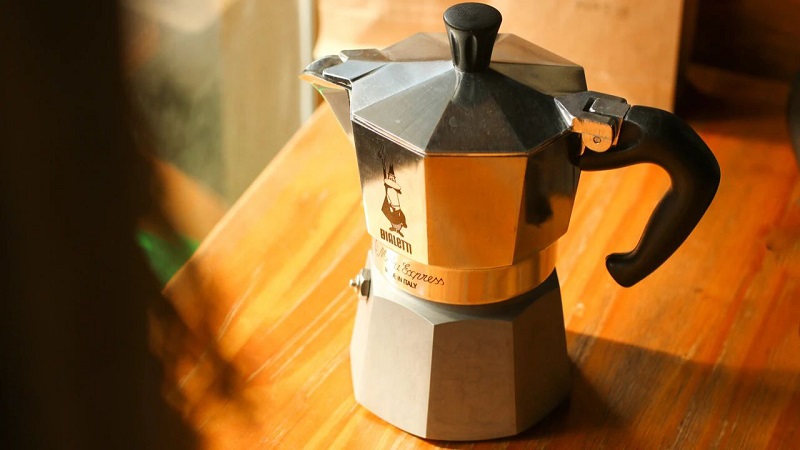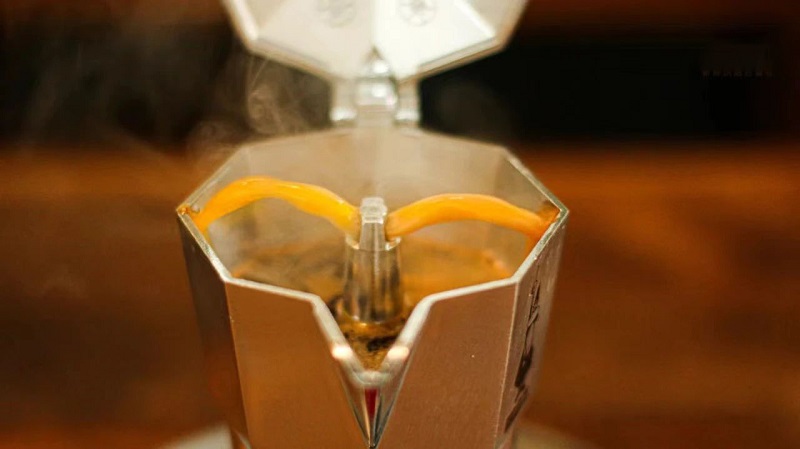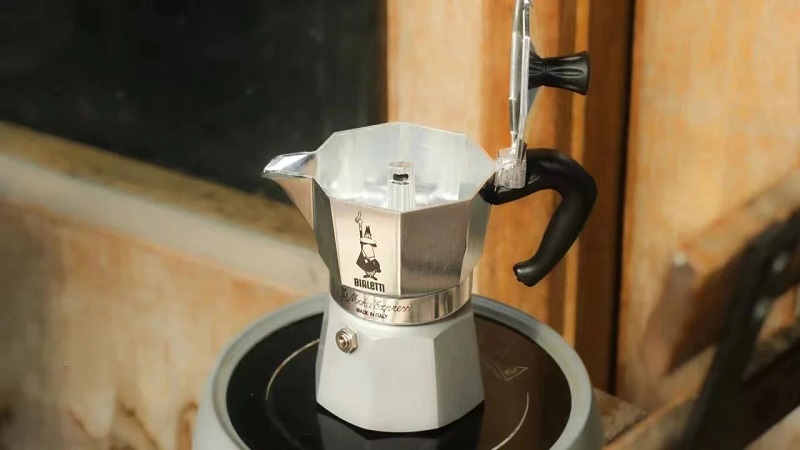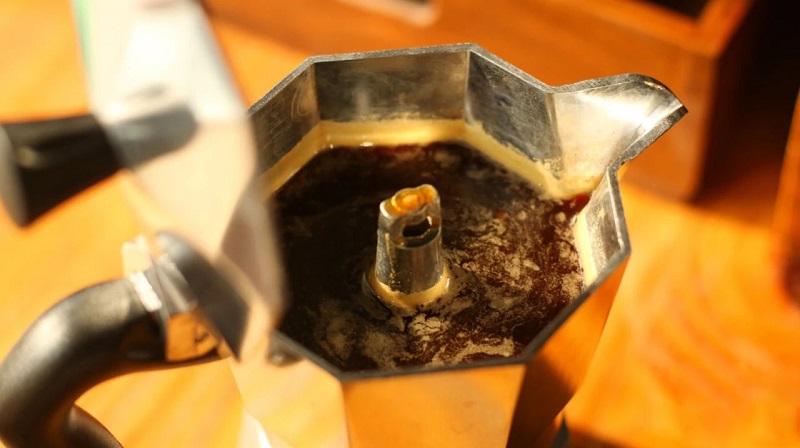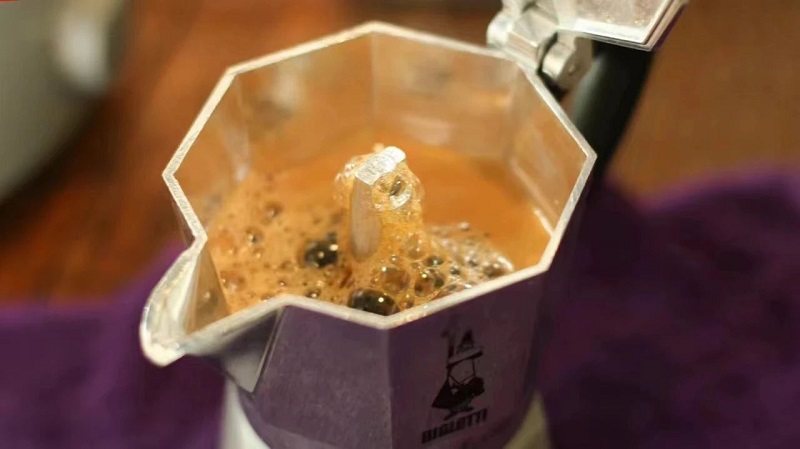Because the extraction method used by the Mocha pot is the same as that of a coffee machine, which is pressure extraction, it can produce espresso that is closer to espresso. As a result, with the spread of coffee culture, more and more friends are buying mocha pots. Not only because the coffee made is strong enough, but also because it is small and convenient, and the price is also popular.
Although it is not difficult to operate, if you are a novice without any extraction experience, it is inevitable that you will encounter some difficulties. So today, let’s take a look at the three most common and difficult problems encountered during the use of Moka coffee maker! Including corresponding solutions!
1、 Spray coffee directly out
Under normal operation, the leakage speed of mocha coffee liquid is gentle and uniform, without any impact force. But if the coffee you see is poured out in a strong form, it can form a water column. So there must be some misunderstandings in the operation or parameters. And this situation can be divided into two types: one is that the coffee liquid is sprayed out directly from the beginning, and the other is that the coffee liquid suddenly changes from slow to fast halfway through extraction, and the water column can even form a “double ponytail” shape!
The first situation is that the resistance of powder is not enough at the beginning! This leads to the coffee liquid being directly sprayed out under strong steam propulsion. In this case, we need to increase the resistance of powder by increasing the amount of powder, fine grinding, or filling the coffee powder;
So another situation is that the firepower remains abundant during the extraction process! When the coffee liquid breaks out from powder, the resistance of powder to hot water will gradually decrease. With the advance of extraction, we need to remove the fire source from the mocha pot, otherwise powder will not be able to hinder the penetration of hot water due to insufficient resistance, and the coffee liquid will rush out in a flash, forming a water column. When the flow is too fast, it is easy to burn people, so we need to pay attention.
2、 Coffee liquid cannot come out
Contrary to the previous situation, this situation is that the mocha pot has been boiling for a long time without any liquid coming out. Here is one thing to note: if the Mocha pot cannot be emptied for a long time and the water level exceeds the pressure relief valve when filling, it is best to stop extraction. Because this can easily lead to the risk of the Mocha pot exploding.
There are many situations where the Mocha pot cannot produce liquid, such as grinding too finely, excessive powder, and filling too tightly. These operations will greatly increase the resistance of powder, and the gap where water can flow is very small, so it will take a long time to boil and the coffee liquid will not come out.
Even if it comes out, the coffee liquid is likely to present a bitter over extraction state, because the extraction time is too long, so it is best to make timely adjustments after the incident occurs.
3、 The extracted coffee liquid has no oil or fat
Because the Mocha pot also uses pressure extraction, it can produce coffee oils that are closer to Italian coffee machines. It’s not so much oil as bubbles filled with carbon dioxide. Because the pressure of a mocha pot is not as high as that of a coffee machine, the oil it extracts will not be as dense and long-lasting as a coffee machine, and will quickly dissipate. But not to the point of not having it!
If you extract almost no bubbles from the moka pot, then the “culprit” is most likely one of the following three: grinding too coarse, roasting coffee beans for too long, using pre ground powder extraction (both of which are due to insufficient carbon dioxide to fill the bubbles)! Of course, the core issue must be insufficient pressure. So when we see that the coffee extracted from the mocha pot does not have bubbles, it is best to adjust the grinding or increase the amount of powder first, and determine whether it is a problem with the freshness of the beans/coffee powder by observing the rate of leakage of the coffee liquid.
Post time: Sep-02-2024






